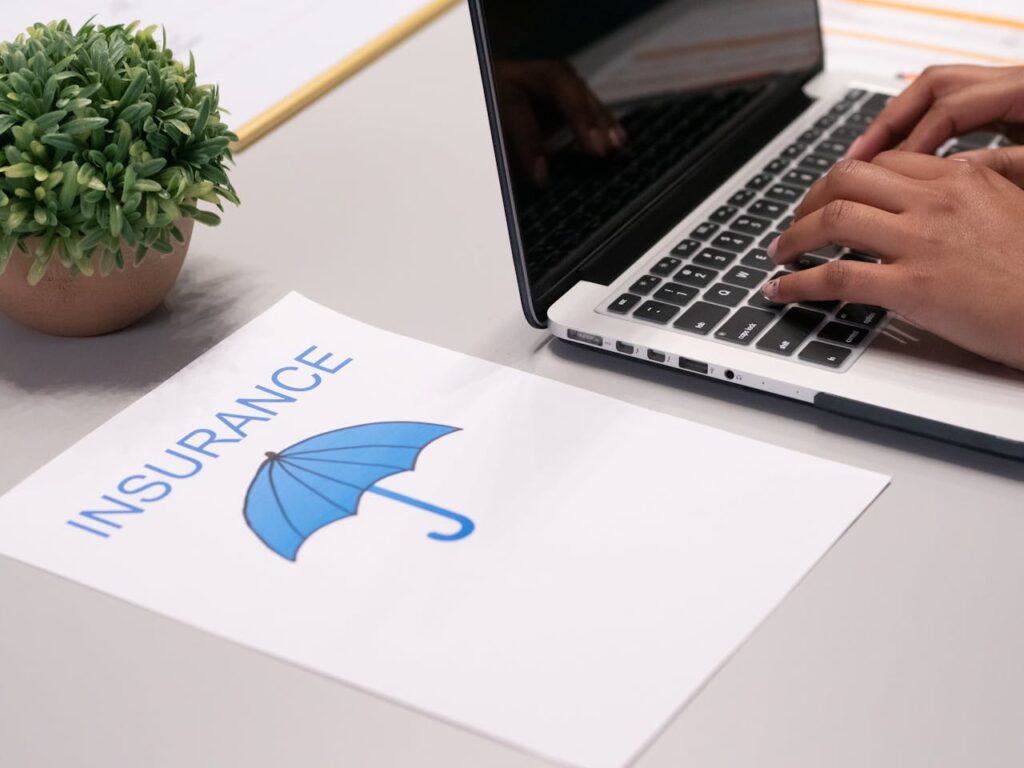Finding Affordable Disability Insurance Coverage: A Comprehensive Guide
Finding Affordable Disability Insurance Coverage: A Comprehensive Guide In today’s uncertain world, securing your financial future is more important than ever, especially for young professionals, individuals with disabilities, and caregivers. One critical yet often overlooked component of a comprehensive financial plan is disability insurance. This type of insurance acts as a safety net, ensuring that if the unexpected happens, you won’t be left without an income. This guide aims to demystify disability insurance, providing you with valuable tips on finding affordable coverage that meets your specific needs. Understanding Disability Insurance Simply put, disability insurance provides you with a portion of your income if you’re unable to work due to illness or injury. There are two main types of disability insurance: short-term and long-term. Each type serves a different purpose, with varying eligibility criteria, coverage periods, and factors influencing the cost of premiums. Eligibility and Premiums Factors that affect your eligibility and premium rates include your age, health status, occupation, and the level of income you wish to protect. Understanding these factors is key to finding a policy that not only fits your budget but also provides adequate coverage. Tips for Finding Affordable Coverage Research Your Options Start by assessing your specific needs. Consider factors like your current health, your finan Early Enrollment Is Key The sooner you enroll in a disability insurance policy, the better. Premium rates are generally lower for younger, healthier individuals. By securing coverage early, you can enjoy lower rates while also ensuring you’re protected from an early age. Employer-Sponsored Plans and Government Programs Many employers offer disability insurance as part of their benefits package, often at a reduced rate. Additionally, government programs such as Social Security Disability Insurance (SSDI) provide another avenue for coverage, though eligibility requirements can be strict. Exploring these options can lead to significant savings and valuable protection. Common Mistakes to Avoid One common mistake is neglecting the need for disability insurance altogether. Many people believe they’ll never need it, but the reality is that accidents or illnesses can happen to anyone at any time. It’s also crucial to pay close attention to the details of your policy. Not all policies are created equal, and failing to understand the specifics of your coverage can lead to surprises when you least expect them. Lastly, waiting until a disability occurs to seek coverage can leave you unprotected and facing financial difficulty. Insurance is about planning for the unknown, and timely coverage is key. Real-World Scenarios and Success Stories Many individuals have found peace of mind through affordable disability insurance. Take the case of John, a graphic designer who suffered a hand injury that prevented him from working. Because he had enrolled in a long-term disability plan shortly after starting his career, John was able to focus on his recovery without the added stress of financial instability. Conclusion Disability insurance is an essential component of any financial plan, offering protection against the unexpected. By understanding your options, enrolling early, and meticulously reviewing policy details, you can secure affordable coverage that meets your needs. Don’t wait until it’s too late to think about disability insurance; take steps today to ensure your financial stability tomorrow. For more information and resources on finding affordable disability insurance, please explore our website or contact our expert advisors. Together, we can find a solution that safeguards your income and your future.







